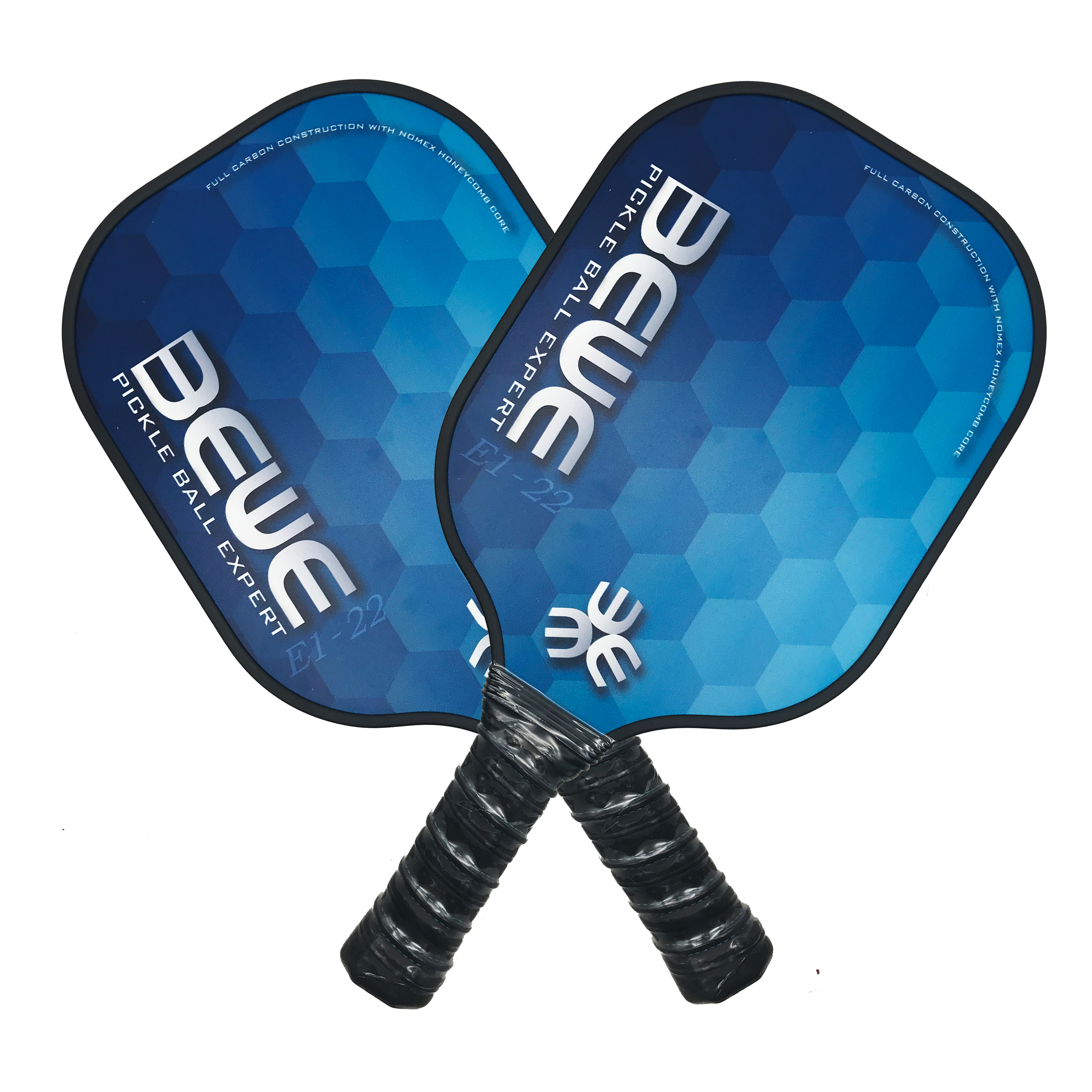The 15-Second Trick For "Comparing the Power, Control, and Maneuverability of Pickleball Paddles"

Contrasting the Power, Control, and Maneuverability of Pickleball Paddles
Pickleball is a fast-growing sporting activity that mixes components of tennis, tennis, and table tennis. It is participated in with a paddle and a plastic sphere on a court that is similar in measurements to a doubles badminton court of law. As the appeal of pickleball carries on to increase, players are constantly finding the ideal tools to strengthen their video game. One important part of tools in pickleball is the paddle. In this post, we will definitely compare the electrical power, management, and ability to move of pickleball paddles.
Electrical power refers to the capability of a paddle to create pressure behind each shot. A highly effective paddle allows gamers to attacked shots along with greater velocity and force, making it more challenging for enemies to come back the sphere. The power of a pickleball paddle depends on numerous variables featuring its body weight, component composition, and layout.
Bigger paddles commonly usually tend to deliver additional energy as they possess greater mass behind each shot. Nonetheless, they may be much more tiring to utilize over an extensive time period and might influence ability to move. On the various other hand, lighter paddles are easier to steer but might give up some energy.
The material make-up additionally plays a substantial role in establishing the electrical power of a pickleball paddle. Most paddles are produced coming from components such as lumber, composite materials like fibreglass or carbon fiber, or innovative polymers like graphite or aluminum honeycomb primaries. Each component has its own distinct residential or commercial properties that impact energy.
Timber paddles are generally heavier but deliver exceptional energy due to their solid construction. Complex paddles hit a equilibrium between weight and electrical power by combining different materials for optimal efficiency. Graphite paddles are lightweight however still deliver significant electrical power due to their tightness and responsiveness.
Lastly, concept function such as design and area appearance may also affect power production. Paddles with greater faces have a tendency to have bigger sweet locations which lead in even more effective gos. Additionally, paddles along with rougher surface area appearances can raise twist and power through making even more abrasion between the ball and paddle.
Control is another essential factor when it comes to deciding on a pickleball paddle. Control refers to the capacity of a player to efficiently put shots and sustain uniformity throughout gameplay. A paddle with really good control permits players to have a greater degree of accuracy and accuracy in their chances.
The weight of the paddle plays a considerable task in command. Lighter paddles are typically simpler to handle, providing higher control over shot placement. They make it possible for gamers to respond promptly and create modifications on the fly. Alternatively, bigger paddles can be harder to manage as they require more stamina and attempt to maneuver correctly.

The hold measurements also affects management as it calculates how effectively the player can hold onto the paddle during the course of play. A bigger grip measurements might give additional stability but may limit wrist action, affecting shot positioning. A smaller sized hold measurements makes it possible for for higher wrist action but may sacrifice some reliability.
In addition, concept elements such as paddle design and harmony factor can easily affect control. Paddles along with narrower faces give much better maneuverability, making it possible for for exact shot positioning. A balanced paddle disperses body weight equally across its span, supplying far better command during the course of swings.
Maneuverability refers to how simply a pickleball paddle may be relocated or opened with various strokes during gameplay. It is very closely related to each energy and control but focuses especially on the convenience of managing the paddle.
Weight is one of the primary elements influencing ability to move in pickleball paddles. Lighter paddles are generally less complicated to navigate as they need much less effort from gamers when opening or altering directions quickly on the court of law. This enables for faster response opportunities and raised speed during gameplay.
Paddle form also influences ability to move, with narrower faces providing better overall speed due to reduced air protection while opening by means of chances. Additionally, a briefer handle span enriches ability to move by reducing any sort of excess weight at the end of the paddle.
Additionally, grasp dimension participates in a role in ability to move as it has an effect on how effectively gamers can easily keep onto the paddle. A grasp that is too sizable may confine wrist motion and help make it tougher to modify instructions promptly, while a hold that is as well tiny might lead in much less reliability throughout gameplay.
In Find Out More Here , when matching up the energy, management, and maneuverability of pickleball paddles, it is vital to consider a variety of elements such as weight, material composition, design component like form and surface texture, as well as grip dimension. Finding the appropriate equilibrium between electrical power, management, and maneuverability will eventually depend on specific player tastes and playing design. It is highly recommended to try out various paddles and consider personal choices prior to making a ultimate selection on which navigate best fits your video game.
